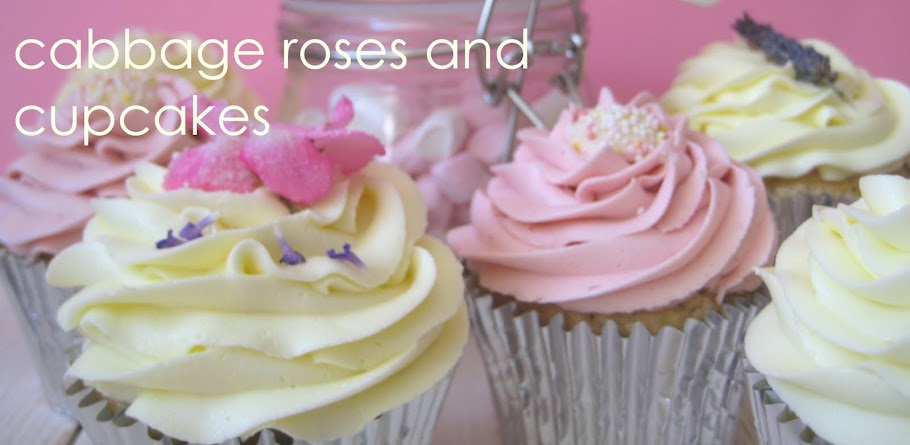

......not only because it's better for you than synthesised chemical margarines, but,.....you also get to use a proper butter dish too, like this vintage 50's one!
How many people, I wonder, would enjoy those spreads that the manufacturers tell us are 'just like butter', and are so good for us because they will look after our hearts, if they really knew just how it's made! I've known about the process since being a Home Ec. student way back in the eighties, and I haven't touched the stuff since! Give me 'real' food any day. You know, the stuff that generally doesn't come with a list of 'ingredients' (or is that artificial chemicals masquerading as 'food'!)
Firstly the raw ingredients of margarine manufacturing must undergo a series of preparatory measures. The oil - maize, coconut, olive, cottonseed, and soybean - is treated with a caustic soda solution to remove unnecessary components known as free fatty acids. The oil is then washed by mixing it with hot water, separating it, and leaving it to dry under a vacuum.
Next, the oil is sometimes bleached with a mixture of bleaching earth and charcoal in another vacuum chamber. The bleaching earth and charcoal absorb any unwanted colorants, and are then filtered out from the oil.
The oil is then hydrogenated to ensure the correct consistency for margarine production, a state referred to as "plastic" for very good reason! The oil is subjected to extremely high temperatures (about 500ºF) and pressure, and hydrogen is forced into the molecular structure to harden it. This process requires toxic substances, such as nickel oxide. The oils are mixed with finely ground nickel, a highly toxic substance that serves as a catalyst for the chemical reaction during the hydrogenation process.
An unintended side-effect, however, can result from this hydrogenation process. If the oils are only partially hydrogenated, some will become trans fats, and these have long been identified as being harmful to health
The end result of this process is a lumpy, grey, greasy substance. This is then emulsified to get rid of the lumps and steam cleaned to remove the odor of chemicals, which again involves high temperature and pressure.
The oil now needs to be bleached, coloured, and artificially flavoured again to make it palatable - after all, who wants to spread tasteless grey gloop on their toast!
Now, call me old-fashioned, but I would much rather have a rich, golden totally 'natural' knob of real butter on my toast. After all, how can it be worse for our body than a totally artificially produced tub of chemically altered substances.
Although margarine has synthetic vitamins added to it to mimic the nutritional content of butter, and the manufacturers are working to reduce the amounts of harmful trans fats. Thereby, arguing that this product is more 'healthy' for us. I think this totally deflects from the whole argument that margarine is essentially an 'artificial' substance, stuffed full of, synthetic chemicals.
Butter only has one ingredient - milk. I'd rather eat a little less of this natural food, than risk the unknown effects to my body of a cocktail of synthetic chemicals.

1 comment:
I only use butter, can't stand the other stuff.
Post a Comment